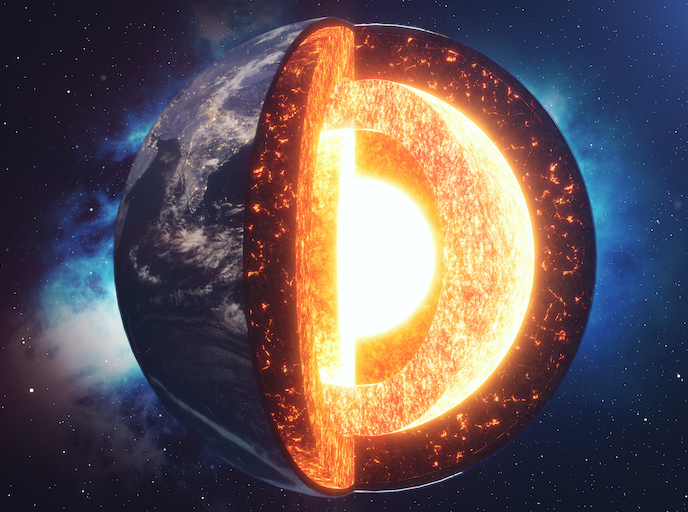Measuring and understanding the Earth’s wobble with greater accuracy
Global Navigation Satellite Systems (GNSS), such as Global Positioning Systems (GPS), receive data sent by orbiting satellites to provide precise positioning. The receivers, fixed relative to the Earth and rotating synchronously with the planet, track signals from satellites that are moving in space. In order to be precise, we need to know how the Earth is rotating and shifting beneath the satellites. The European Research Council’s(opens in new window) RotaNut project managed to model the Earth’s nutation(opens in new window) to within a few millimetres, so providing information that can boost the accuracy of tools based on atomic clocks and GPS. Such tools are based on two frames of reference: the terrestrial frame, fixed relative to the Earth and rotating synchronously with the planet, and the celestial frame, which is immobile in space, where the artificial satellites such as those of GPS are moving. As principal investigator Véronique Dehant explains: “The relationship between these frames is complicated by the fact that the rotation and orientation of the Earth are subject to irregularities induced by global mass redistributions with time and external forcing, such as the gravitational pull of the Sun and the Moon.” The RotaNut(opens in new window) project set out to improve modelling of the Earth’s rotation, and to better understand the role and nature of the Earth’s interior. “Current modelling doesn’t fully take into account the Earth’s complexities. In particular, the atmospheric and oceanic contribution to the Earth’s orientation is not perfectly modelled. It’s also the case that the coupling mechanisms at the boundaries between the inner core, the liquid outer core, and the mantle are not yet understood enough to be properly modelled,” adds Dehant.
Small shifts, big impact
The rotation axis of the Earth is moving in space at the rate of 1.5 km a year due to precession and has periodic variations at the rate of 600 metres, as seen from space in a plane tangent to the pole. The present observations of quasars from Earth-fixed antennas, using Very Long Baseline Interferometry(opens in new window), allow scientists to measure these at the centimetre level. The term ‘precession’ describes the long-term trend of the orientation of the axis of spin, while ‘nutation’ is the name given to shorter-term periodic variations. The RotaNut project focused on the latter. By measuring nutation at the sub-centimetre level, scientists can identify what elements of the physics of the Earth’s interior need to be taken into account when modelling the planet’s orientation. These include the coupling mechanisms at the boundary between the liquid core and the viscoelastic mantle.
Uncovering what’s going on in the Earth’s core
Dehant, who conducted her research at the Royal Observatory of Belgium(opens in new window), feels it is an exciting time to be working in the field: “Technological advances are making it possible for geodesists and geophysicists to identify the causes and magnitude of the changes to the Earth’s orientation.” The project demonstrated that the dynamics in the liquid core have to be considered if one wants to describe the Earth’s orientation precisely. “It’s important to factor in the inertial waves in rotating fluids, coupled with rotational global motions, when studying nutations inside the core,” says Dehant. Using a fully coupled core-mantle model, the RotaNut team managed to analyse the coupling at the core-mantle boundary which they deduced from the observed nutation. “Our results are important. They allow us to better describe what is going on in the core when modelling nutations. I am very pleased with what the project managed to achieve because motions and dissipation in the core could explain the observation.” The project’s findings are available on the RotaNut website.







